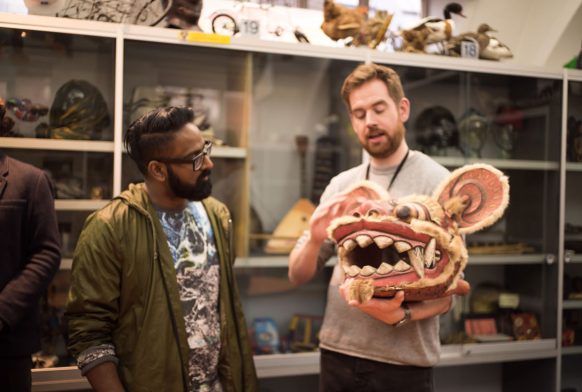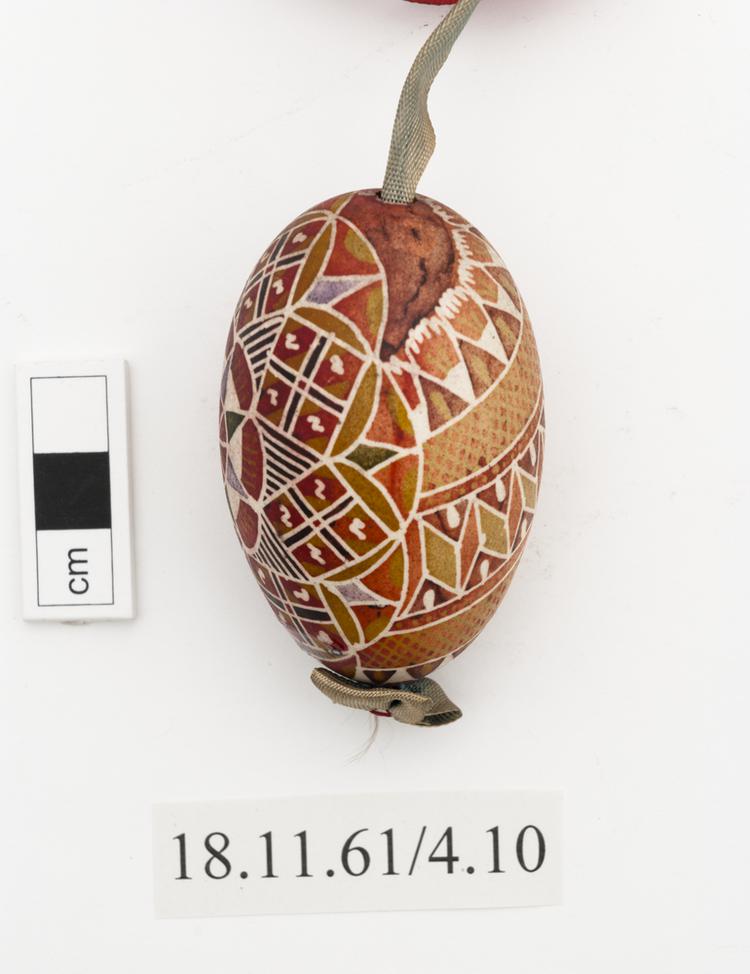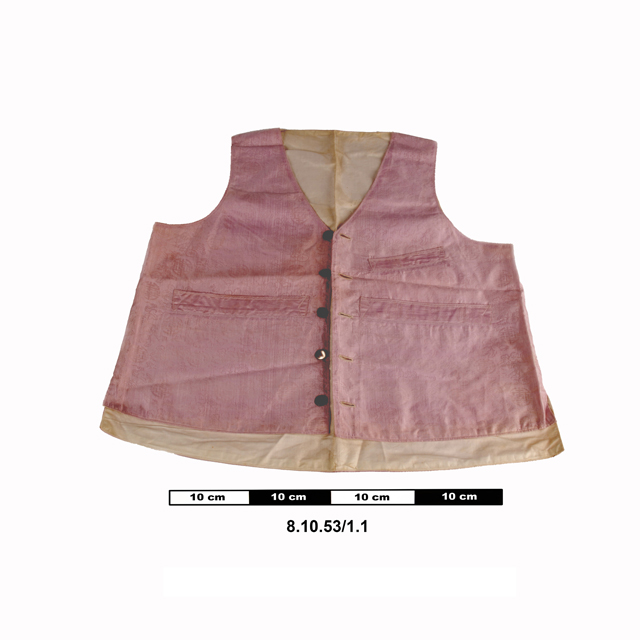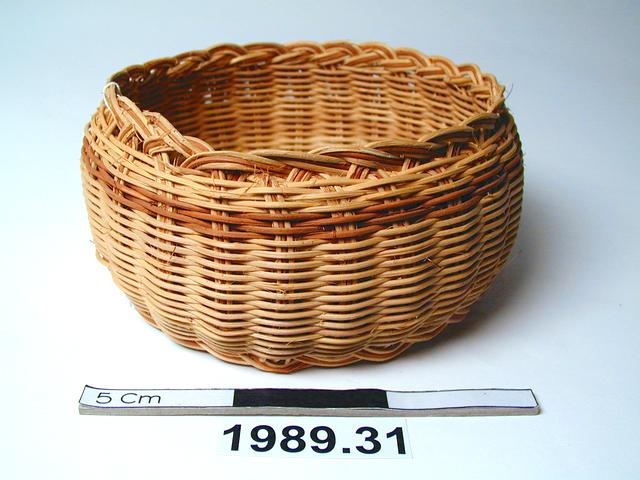Square shaped horned face mask.
The Dogon Walu antelope mask is among the most popular Dogon masks, these are admired by the Dogon for their beauty and the strength of their performance. The costume worn with the antelope mask consists of fibre hood, skirts, armbands, and fibre bandoleers crossed over the chest. The dancer holds two short sticks with which he scratches the ground, imitating the behaviour of antelope during their mating displays, but also resembling men hoeing the fields to make them fruitful. Reference: The Metropolitan Museum of Art. For the dama, or final commemorative ceremony for an important Dogon elder, hundreds of masked dancers perform, creating a brilliantly coloured, ever-changing spectacle of sculpture, costume, song, and dance. During his research in the 1930s French anthropologist Marcel Griaule documented more than seventy different mask types, representing animals, birds, human characters, and abstract concepts, which he considered to be a visual summary of the world surrounding the Dogon people. Griaule saw the dama ceremony as a stunning materialisation of the close links between contemporary Dogon society and the mythical time when masks were first acquired and used to counteract the negative effects of death. By reenacting the behaviour of their mythic ancestors, the Dogon strive to restore order to their world after the disruption caused by death. Dogon art is extremely versatile, although common stylistic characteristics – such as a tendency towards stylisation – are apparent on the statues. Their art deals with the myths whose complex ensemble regulates the life of the individual. The sculptures are preserved in innumerable sites of worship, personal or family altars, altars for rain, altars to protect hunters.
In 1970 the face was originally covered in blood and feathers, but these were removed by the donor's widow. The Dogon Walu antelope mask is among the most popular Dogon masks, these are admired by the Dogon for their beauty and the strength of their performance. The costume worn with the antelope mask consists of fibre hood, skirts, armbands, and fibre bandoleers crossed over the chest. The dancer holds two short sticks with which he scratches the ground, imitating the behaviour of antelope during their mating displays, but also resembling men hoeing the fields to make them fruitful.
Reference: The Metropolitan Museum of Art.
For the dama, or final commemorative ceremony for an important Dogon elder, hundreds of masked dancers perform, creating a brilliantly coloured, ever-changing spectacle of sculpture, costume, song, and dance. During his research in the 1930s French anthropologist Marcel Griaule documented more than seventy different mask types, representing animals, birds, human characters, and abstract concepts, which he considered to be a visual summary of the world surrounding the Dogon people. Griaule saw the dama ceremony as a stunning materialisation of the close links between contemporary Dogon society and the mythical time when masks were first acquired and used to counteract the negative effects of death. By reenacting the behaviour of their mythic ancestors, the Dogon strive to restore order to their world after the disruption caused by death.
Dogon art is extremely versatile, although common stylistic characteristics – such as a tendency towards stylisation – are apparent on the statues. Their art deals with the myths whose complex ensemble regulates the life of the individual. The sculptures are preserved in innumerable sites of worship, personal or family altars, altars for rain, altars to protect hunters.







